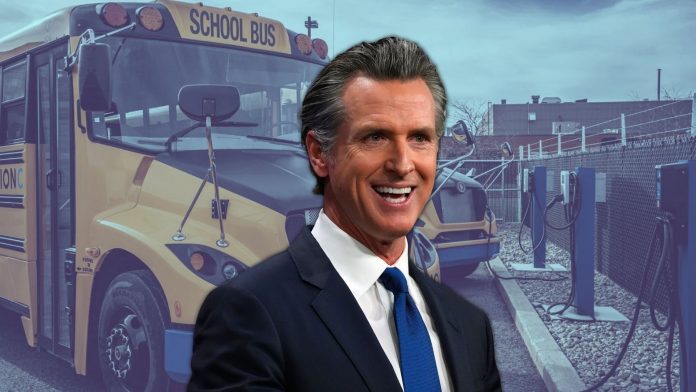California Gov. Gavin Newsom signed Assembly Bill 579 that mandates all new school buses be electric starting in 2035.
In terms of the adoption of electric school buses, California has already set the pace in the U.S. with over 2,078 committed buses, at least 34% of which are either delivered or in service. Additionally, Newsom’s approval of Bill 579 makes it the fifth state, joining Connecticut, Maryland, Maine, and New York, to require electric school buses.
California projects that completing the state’s switch to zero-emission school buses will cost roughly $5 billion. According to a World Resources Institute analysis from September, the Clean School Bus Rebate Program of the Environmental Protection Agency (EPA) is currently responsible for 39% of all committed electric school buses in the U.S. Its first funding phase provided 365 school districts with approximately $900 million from the Biden Administration’s Bipartisan Infrastructure Law for more than 2,300 electric school buses in 2022.
Five of the top 10 funding sources for electric school buses are from California programs, with the Hybrid and Zero-Emission Truck and Bus Voucher Incentive Program (HVIP) being the second-largest source with 1,029 subsidized EVs. In other words, California boasts the most extensive and longest-running electric school bus initiatives in the US and the most progressive heavy-duty vehicle emissions reduction laws.
Furthermore, the new law makes California the leader in state funding for an electric bus transition. Additionally, the mandate will save the school district money in the long run. For example, Transit Chicago anticipates that each of its electric transit buses saves $25,000 annually in fuel costs.



